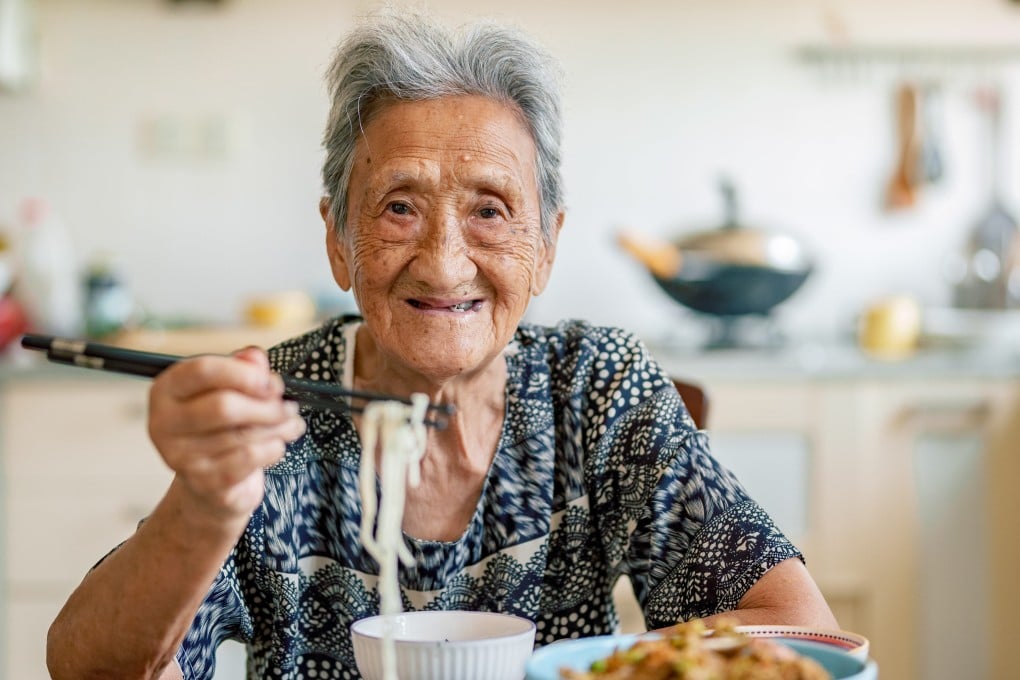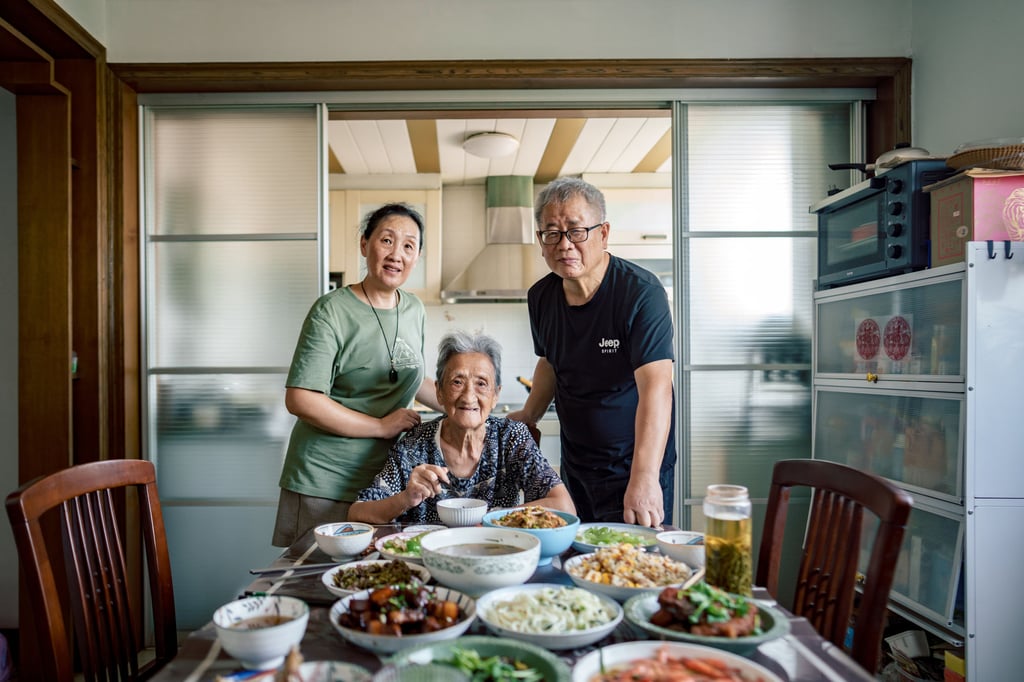Why this Chinese grandmother makes the world’s best scallion oil noodles, egg fried rice and pork belly
A writer pays tribute to the meals prepared by her grandmother, who learned to cook as the eldest child feeding her hungry siblings during World War II and the Chinese Civil War

A recurring childhood memory is of time spent sitting in front of the piano, half-heartedly tapping the keys, waiting for dinner to be served. My grandmother’s kitchen was small, cramped and crowded, the walls stained by smoke from the wok. Her speciality was stir-frying rice and noodles on high heat, despite the flames licking at her slim fingers.
My grandmother, Chen Suzhen, attended culinary school after she had retired in her 60s, but most of her cooking knowledge came from being the eldest of six siblings, struggling through World War II and the Chinese Civil War, as well as taking care of her extended family through the Cultural Revolution. She had been forced to cook because she had mouths to feed, but she has also been able to weave flavours into a protective shroud, surrounding and protecting the people she cares about.

Scallion oil noodles
I grew up with my grandparents in Jiangsu province, as both of my parents travelled a lot for work. My grandmother was an accountant for a large, state-owned enterprise, but she also took care of all the housework, and was sociable and well liked in our community, where everyone knew each other. While my grandfather could never remember where his clothes were when the seasons changed, my grandmother had committed everyone’s culinary preferences to memory and made sure there was always something tailored to each person in every meal. She never mentioned her own preferences.
One of our breakfast staples was Shanghai-style scallion oil noodles, a humble yet satisfying dish that was my father Liu Zhongwei’s favourite. The ingredients were cheap and easy to procure, the preparation was simple and beginner-friendly, but the final result would be loaded with strong flavours to wake up the taste buds at the beginning of a busy day.

The key flavour of the dish comes from heating oil in a wok over medium-low heat and infusing it with scallions cut into one- to two-inch-long strips. My grandmother would sauté the white parts of the scallions first, and add the green parts when the white parts had turned brown. When all of the scallions had goldened, she would remove them and set them aside, then deglaze the wok with a mixture of soy sauce, sugar and vinegar (4 tablespoons of dark soy sauce, 2 tablespoons of light soy sauce, 2 tablespoons of sugar and 1 tablespoon of vinegar) and let it simmer for two to three minutes. This sauce is quintessential to traditional Shanghainese cuisine, and I have used this recipe from my grandma to surprise friends from all over the world with complex yet harmonious flavours. To finish the dish, pour the sauce onto your cooked noodles, add scallions both cooked and fresh, and some sesame seeds. The sauce can also be used as a base to elevate the flavours of chicken, pork chops, fish and more.
Egg fried rice
